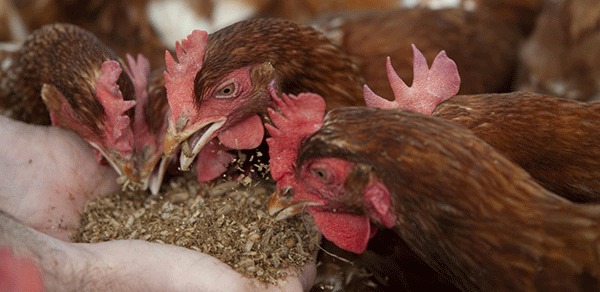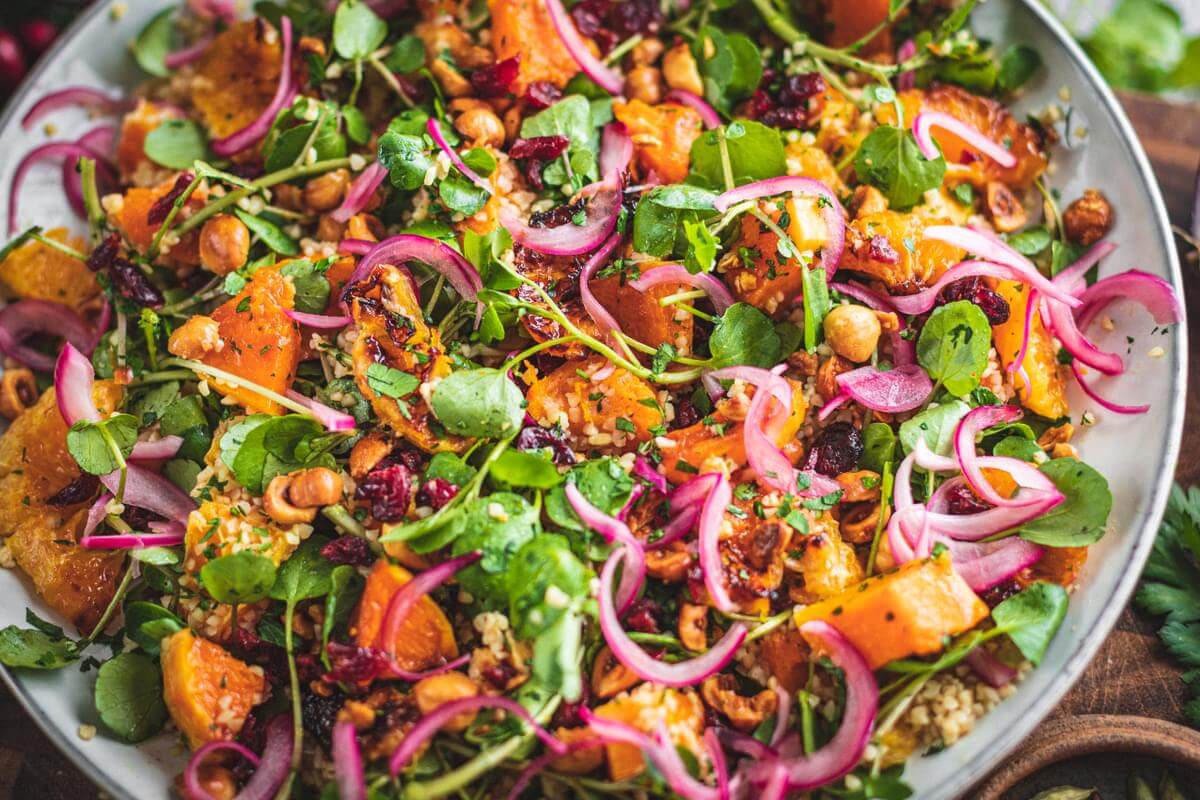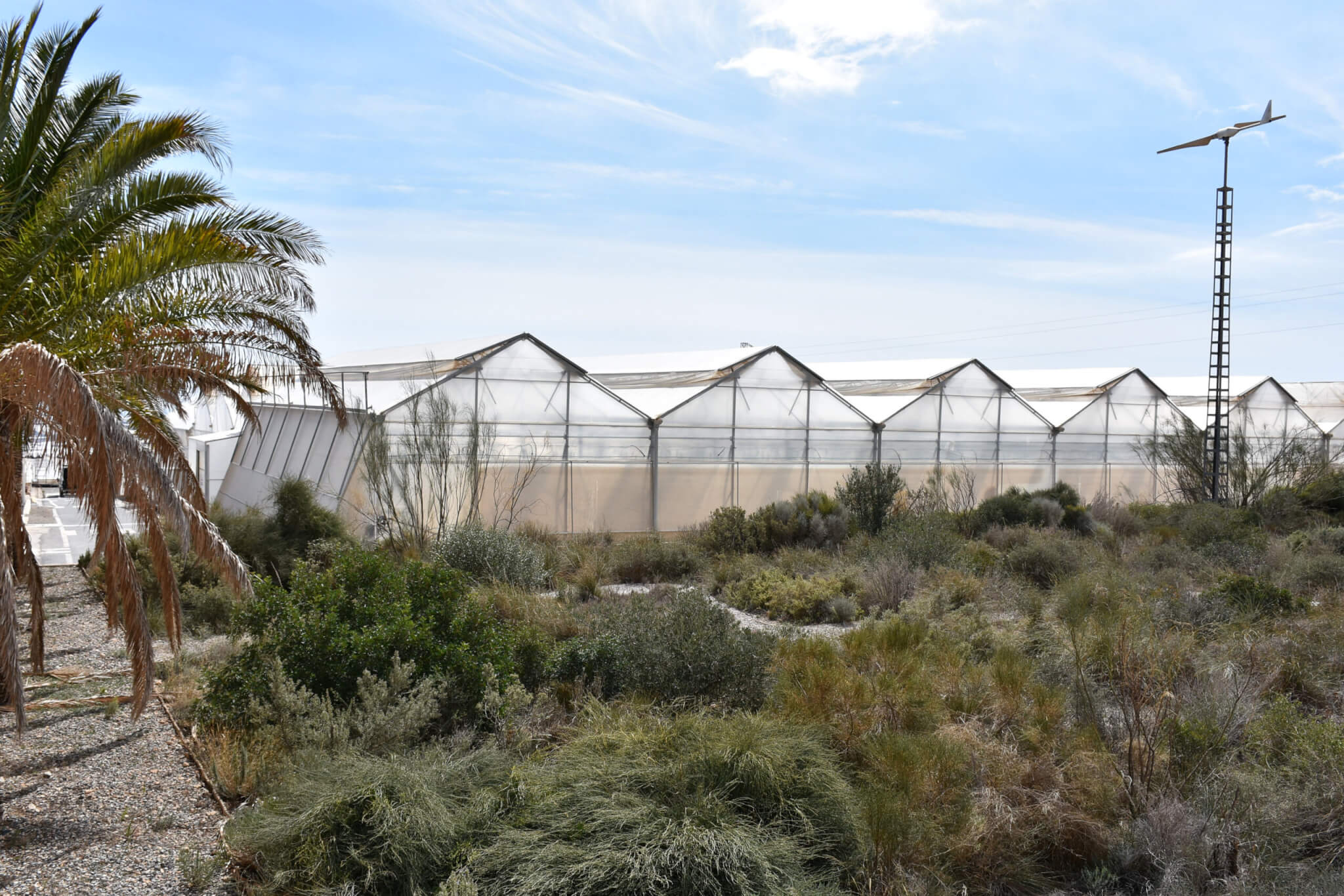Soy-free pork, poultry and eggs could be the next trend in sustainable food as retailers and farmers respond to growing awareness that the crop is contributing to deforestation in South America
Supermarket Morrisons made headlines last week after announcing it will feed insects to chickens, partially replacing soy in their diets, at ten out of its 60 free-range egg farms in a move it says will save 5,737 tonnes of carbon and 56 hectares of soy production.
Meanwhile other producers, including pork, chicken and turkey farmers, are also looking at other ingredients to replace soy in feed.
Insects, a rich source of protein have long been touted as a more sustainable alternative to soy in poultry and pig feed over concerns about carbon emissions and deforestation. And it’s becoming increasingly topical with recent news that deforestation in the Brazilian Amazon has reached a 15 year high, driven by land clearing for beef farming as well as soy production for animal feed.
Morrisons is working with insect feed start-up Better Origin to rear larvae of Black Soldier Flies in container units, which will be fed on the supermarket’s fruit and veg waste as part of a closed loop system.

“An insect diet could suit our hens better, they seem to enjoy it, and the nutritional and added health benefits are notable,” says Sophie Throup, Morrisons’ head of agriculture. “We’re also finding a good home for our fruit and veg waste. We think that this could be part of the future of egg farming.”
The supermarket said it has no current plans to extend the project to its pig and poultry meat production, despite both sectors being a significant consumer of soy.
Glen Burrows, co-founder of sustainable meat supplier The Ethical Butcher, has gone a step further and is already selling soy-free pork and chicken.
“We can’t be an ethical butcher if the animals that we’re selling are eating grains that are having a terrible effect on the planet halfway across the world,” he says. “That just doesn’t fit with what we consider to be ethical.”
However, in an industry that considers soy crucial in the early stages of growth for producing a bigger bird, managing to convince a producer to take a risk has not been easy, with many rejecting the idea.
“I was talking to feed mills, chicken nutritionists, and yes that is a thing, trying to find a producer who would produce commercial chicken without soy,” says Burrows.
Nutritionists told him that modern chickens are bred with soy-based feed in mind, which ultimately makes it harder to remove soy from the food chain.

The first person who attempted to remove soy from animal feed for The Ethical Butcher was Devon beef farmer Mark Chapple. “He’d read about a system in America, where poultry would follow the cattle in a rotational grazing system and get a lot of their nutrition from the increase in bug life on the land where the cows had gone through.
“Not only did they grow well,” explains Burrows, “but they tasted fantastic.” The success of the soy-free chicken inspired Chapple’s 20-year-old daughter to trial some soy-free pigs for The Ethical Butcher. Although they are fed a mixture of British crops such as oilseed rape, barley, and beans, they gain most of their nutrition from rooting and foraging in pasture and woodland.
Elsewhere, farmer John Malseed, turkey producer for organic veg box company Riverford, has done trials of his own after noticing customer interest in cutting out soy.
After reducing the amount of soy he feeds to his birds this year, he is now confident that the birds will grow healthily without soy in the early period when they’re developing their skeletons.
However, he warns: “It will come with a heavy price-tag, but that’s the true cost of it. If you’re buying in the supermarkets where you can buy a chicken for three pounds, it’s probably the environment that is taking the true cost.”









Can we not just stop abusing animals on all levels? So few of us yet, seem to be able or willing to have a conversation about putting kindness to sentient beings before tastebuds/convenience/profit ? The horrors caused by animal agriculture are unspeakable and disrespectful to our living planet and all its beings.
Black soldier fly as animal feed is a win/win, closed loop, no brainer. Like permaculture aquaponics, waste becomes food in a virtuous cycle.
Current farming practice is irredeemably broken – and most consumers haven’t the will/time to find out what their fish/poultry had for dinner…
B.S.F if used properly could cut food miles, reduce pollution, improve water quality, lessen field run-off, reduce antibiotic use – the list goes on and on. Really hope the vested interests of ‘Big Soy’ don’t find a way to scupper it…
Hi sleddalehall,
Totally agree, it’s a very satisfying loop isn’t it? There’s not much to dislike really, apart from the price according to Fotis, the founder of Better origin. He said it’s hard to compete with soy on price, because of all the years developing that supply chain.
But using the example of renewables, once more farmers and companies start using it (whether it’s for positive marketing or genuine concern – it doesn’t really matter i guess) then it can start to scale up, and compete with the incumbents.
I’ve heard of the permaculture aquaponics closed loop system, but have also heard that it’s a very delicate ecosystem and often results in dead fish because of imbalances. Correct me if I’m wrong?
Best,
Jack
Hi jack.
You sound well informed, maybe reading same source material as me? (New scientist, guardian, science journals too numerous to mention) – and you’re right about aquaponics, constant monitoring seems to be the key to success.
Re B.S.F though, if I had money and links to the industry, this is what I would invest in. Apart from the squirm factor (not as bad as humanure?) it really does seem like a Silver Bullet (they do come along now and again!).
Regards,
I do read the Guardian and a lot of academic journals but not New Scientist – would you recommend? thought it might be a bit techy.
Thinking about it, i do get a lot of info from podcasts like the BBC food programme, Feed (a podcast by TABLE), farmerama.
I think BSF is great, and it’s amazing they can reduce the soy. But it still concerns me how much animal feed they need other than soy, all crops that could be used for humans. I don’t know how sustainable a free range/organic/soy free chicken can still be if they require so much feed.
John Malseed, the chicken farmer was telling me that an organic turkey takes 32 kilos of feed, and that’s one that is getting a huge amount of nutrition from foraging.
I think we need to campaign more for feeding food waste to pigs. After the BSE crisis (quite rightly) they tightened up the regulations and went too far the other way. Feeding food waste to pigs would be another incredible closed-loop system.
Best,
Jack
Hi again jack!
Yes, like you I have fairly catholic taste – I’ll read anything just as long as the journalistic credentials stack up.
New Scientist can be a bit dry – tho they have a great condensed email which is free -fixtheplanet@e.newscientist.com – and Adam Vaughan who is the usual editor is great, he’s responded a couple of times to my suggestions.
Regarding pigs – there must be a way to make clean food ‘waste’ available to them, again is it entrenched ideas/big farma? (excuse the pun!)
In all of this my core belief is that mostly, things that we in the 21st century west, consider waste is actually a resource – it just doesn’t suit the Market to adapt/move it/process it.
Hardcore, algal blooms, slurry, fish processing even human ordure (!) can be beneficial to society in the right hands, and if not beneficial, can at the very least be made benign rather than malign.
Oh, and in closing, Isabella tree sometimes posts on YouTube (I don’t do a lot of social media) her book – Wilding is excellent, tho you’ve probably read it? Rewilding a farm… Not really a virtuous closed loop system, but close enough!
Pip pip!
At least in this country (UK) most animal agriculture is not ‘horrific’, which is possibly more than can be said for that in the US. When US interests take over enterprises in the UK, it is then that conditions are seen to deteriorate in a lot of cases – mega chicken rearing for example. At least give UK farmers the benefit of common sense and empathy with their charges before condemning them. One size doesn’t fit all.
As ‘flexitarians’ we eat in a typical week one organic egg meal, one organic cheese meal, one organic bean/veg meal, one fish meal, and just three organic meat meals, usually the classic ‘cheap cuts’ which we know how to cook. So I was disappointed by the extremely aggressive approach of several vegan ladies at a recent town centre COP26 climate rally. They refused to accept that British abattoir standards are ever ethical. Sorry ladies, I once had the privilege of attending a slaughtering in the course of my job. Though I admit many years ago it gave me great confidence because it was so humanely done. Nasty verbal aggression to disabled people stuck on a seat hanging onto banners in a gale is I hope not representative of the vegan movement.
Yes we need fields full of solar panels but the grass has to be kept manageable somehow to allow maintenance and prevent scrub covering the panels, what better solution than grazing animals as per Riverford’s supplier!? And the need for land use rotation and soil nutrient replenishment even for growing vegan meals works animals in perfectly!
I do think that people should be aware of the origins and methods of how their food is produced. Relatively recently I saw a programme which showed a group of Danish children being shown round a pig abbatoir and seeing all stages in the process.. We kept goats and the slaughterman from the local licensed butcher came up to the holding to slaughter the six month old kids which had spent a happy six months with their dams out in the field, and he also came to do the same to a pig. Our children were not excluded from the processes and accepted this quite naturally – even saying at one meal, “Who is this we are eating?” We did not shirk from naming them! None of the animals showed any fear of the process. Biodynamic farming absolutely depends on the inclusion of animals, so they are part of the whole food production cycle – the nitrogen and carbon cycles of nature. Only when we get to expect very cheap food do things get out of hand.
We once had an elderly American lady staying with us, and she had never seen a Brussels sprout plant, thinking that those little green blobs grew directly from the ground! I don’t think that we are quite as bad as that here, and I have seen classes in schools where the children are educated in what vegetables look like. The same American lady had never seen a live pig!
I think it’s really important to engage with the process of raising animals, especially the slaughter stage. Then you can make an informed decision about the ethics of eating meat. We would have more understanding and respect for our meat and we might begin to cherish the whole animal, not just particular cuts. I think everyone should go once!
Smaller abattoirs are really key for high welfare meat from small and medium producers because they allow farmers to retain more of the value from the animal rather than selling it on to the industrial abattoirs that feed into supermarkets. Often it’s not economically viable to pay for transport for small farmers if they’ve only got a couple of animals. This all means that it becomes harder and harder for small, high welfare farmers to keep livestock and the industrial model prevails,
Local abattoirs reduce the miles the amount of travel, minimising the stress of the animals. In a small abattoir, they have more time to care for the animal in contrast to the pressure of the industrial abattoirs. It’s no wonder that there is a shortage in workers in that industry: there are some pretty shocking stories from those who have worked in industrial abattoirs.
So maybe i wouldn’t recommend going to an industrial slaughterhouse, but a local one first, to see if that corresponds to your values.
Best,
Jack